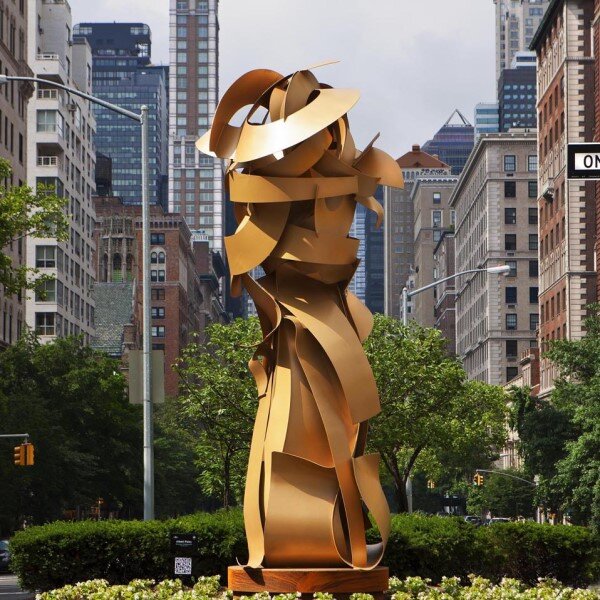587
587
USA, 2013
forged and fabricated monochromed steel 31¼ h × 15 dia in (79 × 38 cm)
forged and fabricated monochromed steel 31¼ h × 15 dia in (79 × 38 cm)
estimate: $20,000–30,000
result: $21,250
follow artist
Incised signature and date to base ‘Albert Paley 2013’. This work is registered in the Paley Studio Archives as #PM 2013 15.
provenance: Collection of the Artist
exhibited: Drawings and Maquettes: Paley on Park Avenue, Gerald Peters, New York


























